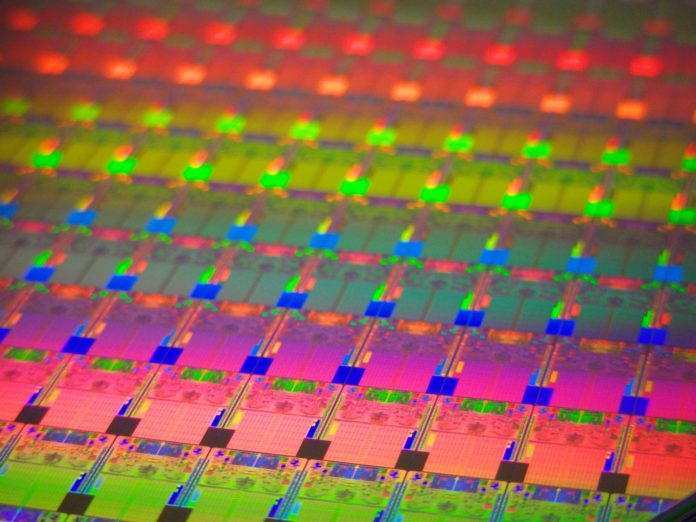Last year, China licensed AMD’s 14nm Zen core (Hygon) for use in server parts, but after the sh*tstorm that the US-China trade war has been, both sides were forced to end the partnership. While the US can’t take away the already designed Hygon CPUs, they can prevent AMD from sharing the upgraded Zen+ and Zen 2 designs which is precisely what has happened. China isn’t giving up, however, as Zhaoxin just announced its plans for its next line of CPUs.
Zhaoxin is a fabless semiconductor company, created in 2013 as a joint venture between VIA Technologies and the Shanghai Municipal Government. The company creates x86 compatible CPUs. The term Zhào xīn means million core. The processors are created mainly for the Chinese market: the venture is an attempt to reduce the Chinese dependence on foreign technology.
Wikipedia
Earlier this year in June, the company announced its own 16nm based x86 microarchitecture designed from the ground-up in China, LuJiaZui. For the server space, the KaisHeng-3000 series was launch while the KaiXian KX-6000 lineup was released for the consumer space. Both the product stacks consist of quad-core and octa-core SoCs.

Zhaoxin is now planning to launch its next-gen lineups based on the 7nm node for the consumer parts but the 14nm process will be retained for the server offerings.
Server Lineup: KH-40000
For the server lineup, the 14nm node will be retained. However, the next-gen parts will leverage a new microarchitecture with as many as 32-cores. This is four times more than the existing products. Dual-socket support will continue to be supported bringing up the core count per node to 64. The KH-40000 CPUs for servers are slated for launch in 2021 with support for DDR4 and PCIe 3.0.
Consumer Lineup: KX-7000
The consumer KX-7000 lineup is getting a higher priority with a revamped microarchitecture as well as a node shrink. The first wave is supposed to be based on TSMC’s 7nm node while the following generations will leverage the 5nm process.

This means that by 2021, Zhaoxin will have products comparable with both Intel and AMD. The move to 7nm should allow for higher clock speeds and the newer microarchitectures should improve the IPC by a notch too. The present Chinese designs suffer from abysmally low IPC and core clocks but if all goes as planned, both the problems should be take care of within the next two years. We’ll keep you posted as we hear more.



AMD should not have shared the technology with China in the first place.
Yes, They should have sold it to you. You’d have surely helped keep lights on.
Yes, They should have licensed it to you instead. You’d help keep the lights on!